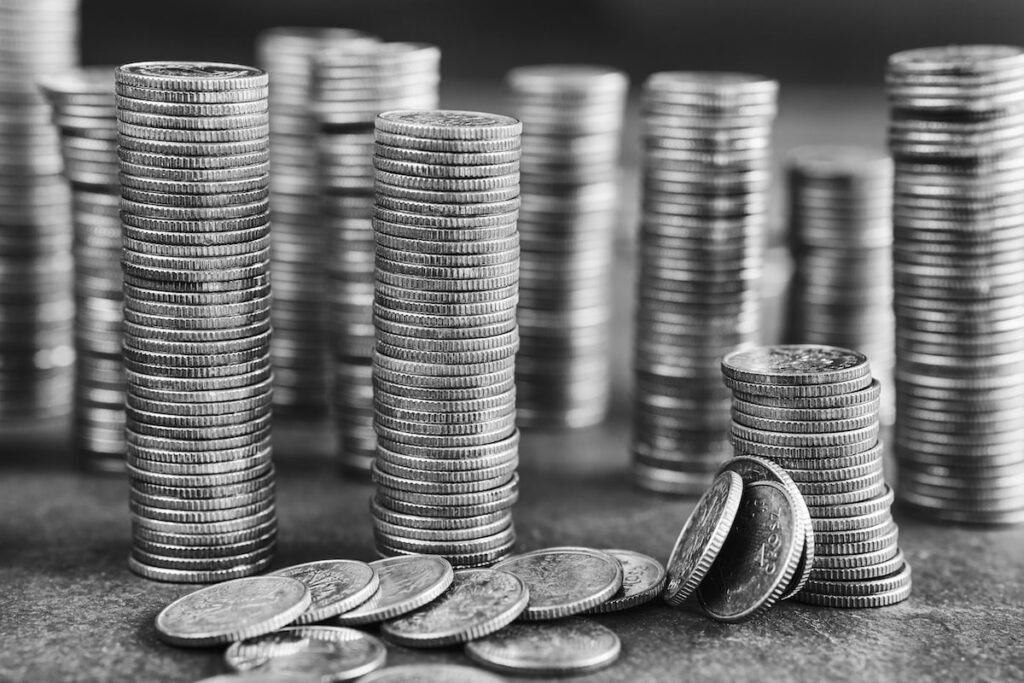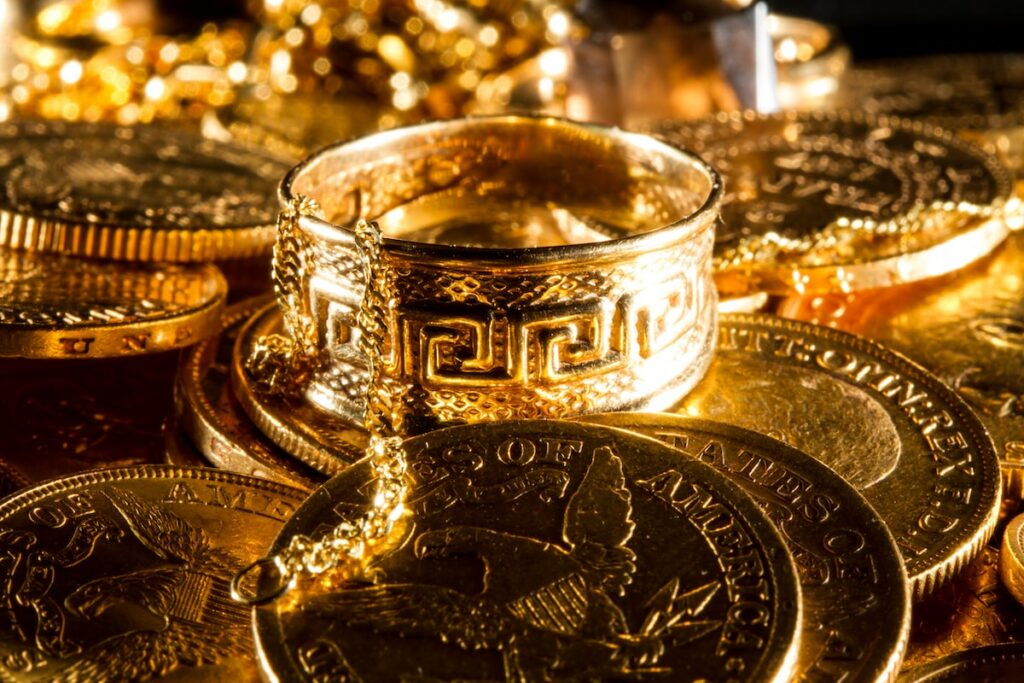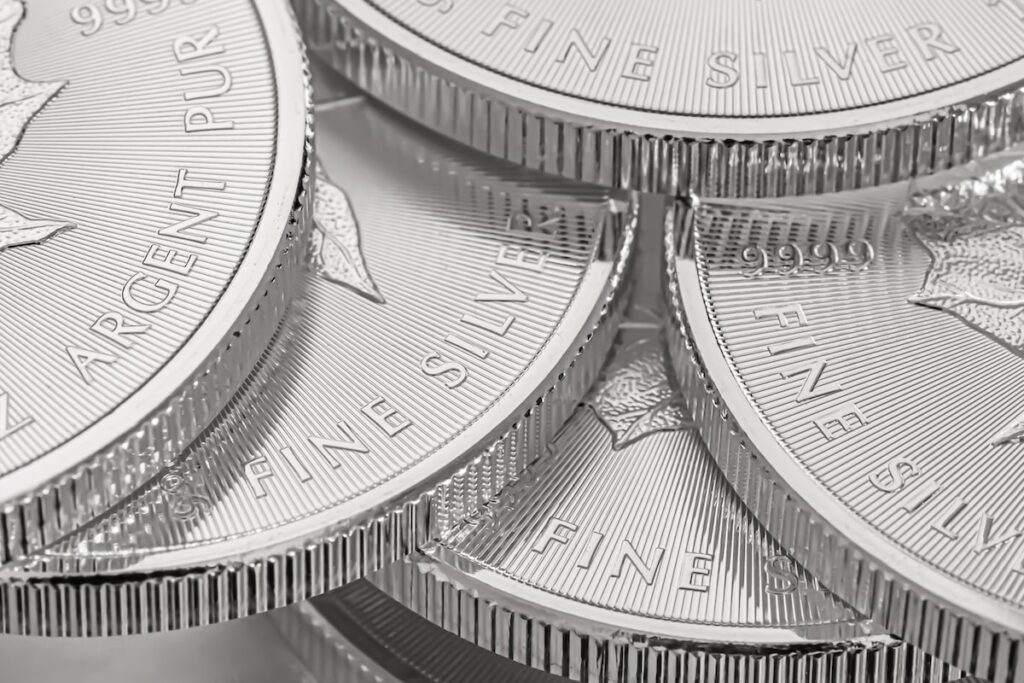In a world driven by technological advancements and constant innovation, certain elements have retained their timeless allure, captivating our attention and finding their way into various industries.
Among these enigmatic substances, silver stands out as a fascinating and versatile metal that continues to captivate scientists, engineers, and artisans alike.
Its shimmering brilliance and exceptional properties have granted silver a prominent role in many applications, making it a highly sought-after material in the modern era.
Silver is used today for its exceptional electrical conductivity, thermal properties, and reflectivity, making it indispensable in electronics, electric vehicles, solar panels, medical applications, photography, and jewelry.
As we delve into the depths of this captivating metal, we unravel the mysteries behind why silver remains a cherished asset in today’s ever-evolving world.
Silver’s Vital Role in Electronics
Silver’s shimmering role in electronics stems from its exceptional electrical conductivity, making it an indispensable material in the industry.
With its low electrical resistance, silver allows for the efficient flow of electrical current, enabling the smooth transmission of signals and power within electronic devices.
One of silver’s primary applications in electronics is producing conductive components such as circuit boards, connectors, and switches.
Silver’s high conductivity ensures minimal energy loss and helps maintain signal integrity, making it ideal for high-speed data transfer and reliable electronic communication.
In addition to its conductivity, silver also offers excellent thermal conductivity.
This property enables efficient heat dissipation within electronic devices, preventing overheating and ensuring optimal performance.
Silver is often used in heat sinks and thermal interface materials to efficiently transfer heat away from sensitive components, enhancing electronic devices’ overall reliability and longevity.
Moreover, silver’s resistance to oxidation and corrosion makes it highly reliable in electronic applications.
It helps maintain the integrity of electrical connections over time, reducing the risk of signal degradation or device malfunction.
Furthermore, silver’s unique properties have found application in flexible electronics. Thin films of silver can be deposited onto flexible substrates, enabling the production of flexible circuits and displays.
This opens up possibilities for wearable technology, bendable devices, and other innovative electronic applications.
Because of these properties, silver is in high demand for electric vehicles (EVs), solar panels, smart phones, and other modern technologies.
In conclusion, silver’s exceptional electrical conductivity, thermal properties, and oxidation resistance make it an essential material in electronics.
Its shimmering role in the industry ensures reliable electrical transmission, efficient heat dissipation, and long-lasting performance in a wide range of electronic devices, shaping the modern world of technology.
Silver’s Essential Role in Medical Applications
Silver plays an essential role in a wide range of medical applications, leveraging its unique properties to contribute to various aspects of healthcare.
Silver’s versatility and antimicrobial properties have made it a valuable resource in the medical field, from wound care to antimicrobial treatments.
One of the primary uses of silver in medicine is in wound dressings.
Silver-impregnated dressings are used to promote healing and prevent infections in both acute and chronic wounds.
Silver ions released from these dressings exhibit potent antimicrobial activity, inhibiting the growth of bacteria and other pathogens.
This helps reduce the risk of wound infections and supports healing, particularly in complex or hard-to-heal wounds.
Silver’s antimicrobial properties also find application in medical devices.
Catheters, implants, and other medical instruments are often coated with silver to inhibit the growth of bacteria on their surfaces.
By incorporating silver into these devices, healthcare providers can reduce the risk of device-associated infections, which can seriously affect patient outcomes.
Moreover, silver has been utilized in the development of silver-based antimicrobial agents.
Silver nanoparticles, for example, have shown promise in fighting drug-resistant bacteria and preventing the spread of infections.
These nanoparticles can be incorporated into various medical products, such as topical creams, coatings, and disinfectants, to enhance their antimicrobial efficacy.
In addition to its antimicrobial properties, silver’s conductivity has found applications in medical electronics and imaging.
Silver is used to manufacture electrodes for electrocardiography (ECG), electroencephalography (EEG), and other diagnostic procedures.
Its excellent electrical conductivity allows for accurate measurement and recording of bioelectric signals, aiding in diagnosing and monitoring patients’ conditions.
Silver is employed in dental applications, including amalgam fillings and dental implants.
Its biocompatibility and durability make it ideal for restorative dental procedures, ensuring long-lasting and reliable dental restorations.
Silver’s essential role in medical applications stems from its antimicrobial properties, conductivity, and biocompatibility.
Silver contributes to infection prevention, wound healing, and accurate diagnostic measurements from wound dressings to medical devices.
Its versatile nature and efficacy against pathogens have made it a valuable resource in enhancing patient care and safety within healthcare.
The Beauty and Versatility of Silver in Jewelry
The beauty and versatility of silver make it a cherished material in the jewelry world.
With its radiant shine, durability, and affordability, silver has captured the hearts of jewelry enthusiasts throughout history, earning its place as a beloved choice for crafting exquisite adornments.
One of the remarkable qualities of silver is its inherent lustrous appearance.
The polished surface of silver jewelry reflects light in a captivating manner, creating a brilliant shimmer that adds a touch of elegance and sophistication to any ensemble.
Whether a simple silver necklace, an intricately designed bracelet, or a pair of elegant earrings, silver jewelry effortlessly enhances the wearer’s style and exudes a timeless allure.
Another factor contributing to silver’s popularity in jewelry is its durability.
Silver is a relatively soft metal, which allows artisans to sculpt it into intricate and delicate designs.
However, jewelry-making often uses sterling silver to enhance its strength and longevity.
Sterling silver consists of 92.5% pure silver and other metals, such as copper, to provide stability and durability without compromising its aesthetic appeal.
Moreover, silver’s versatility makes it a favored choice for jewelry designers and wearers.
Its neutral tone complements many gemstones, allowing endless combinations and creative expressions.
From vibrant gemstone settings to minimalist silver bands, the versatility of silver enables the creation of diverse styles, from classic and timeless to modern and edgy.
Whether it’s a formal occasion or a casual outing, silver jewelry effortlessly adapts to any fashion statement, making it a versatile and adaptable choice for all occasions.
Beyond its aesthetic qualities, silver jewelry holds cultural and symbolic significance in many societies.
It has been used for centuries for self-expression, personal adornment, and even a symbol of status or spirituality.
The historical and cultural associations connected to silver jewelry add depth and meaning to its allure, making it more than just a fashion accessory.
In conclusion, the beauty and versatility of silver in jewelry make it a cherished and sought-after material.
Its radiant shine, durability, and affordability allow for creating stunning designs that enhance the wearer’s style and make a statement.
Whether it’s the craftsmanship, compatibility with various gemstones, or cultural significance, silver holds a special place in jewelry, captivating hearts and inspiring creativity.
Read more about historic uses of silver on our blog.




